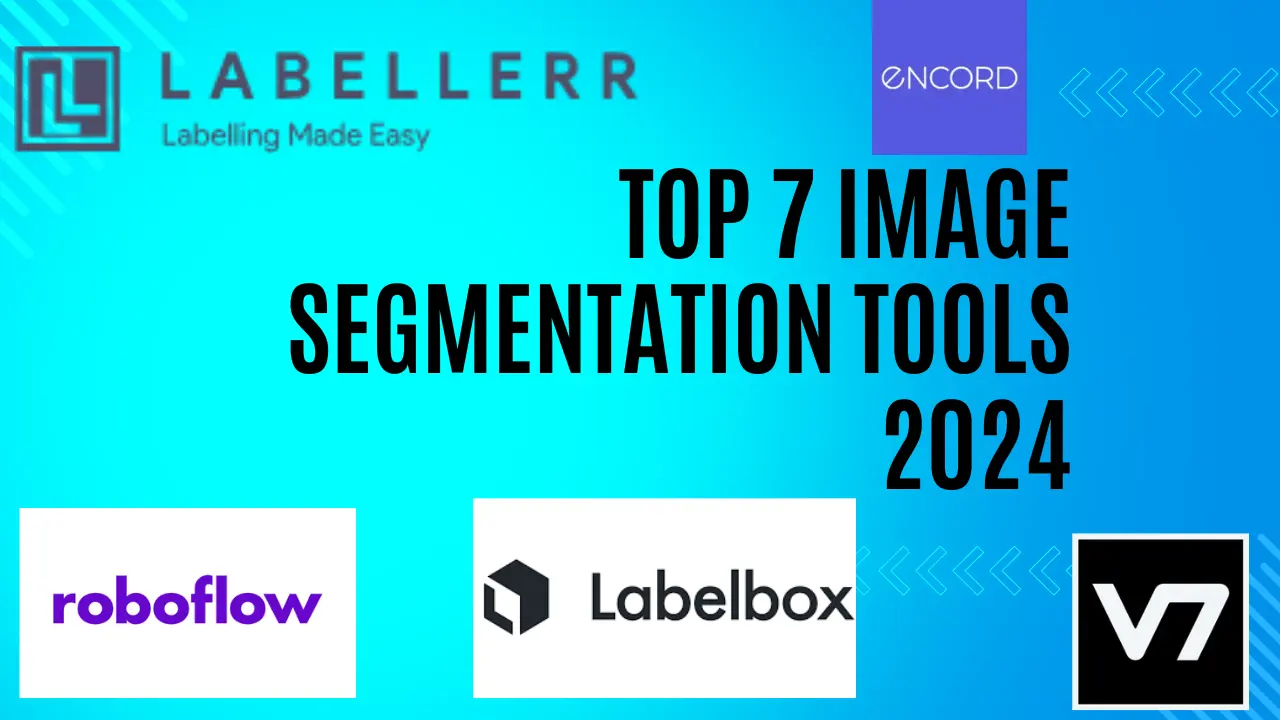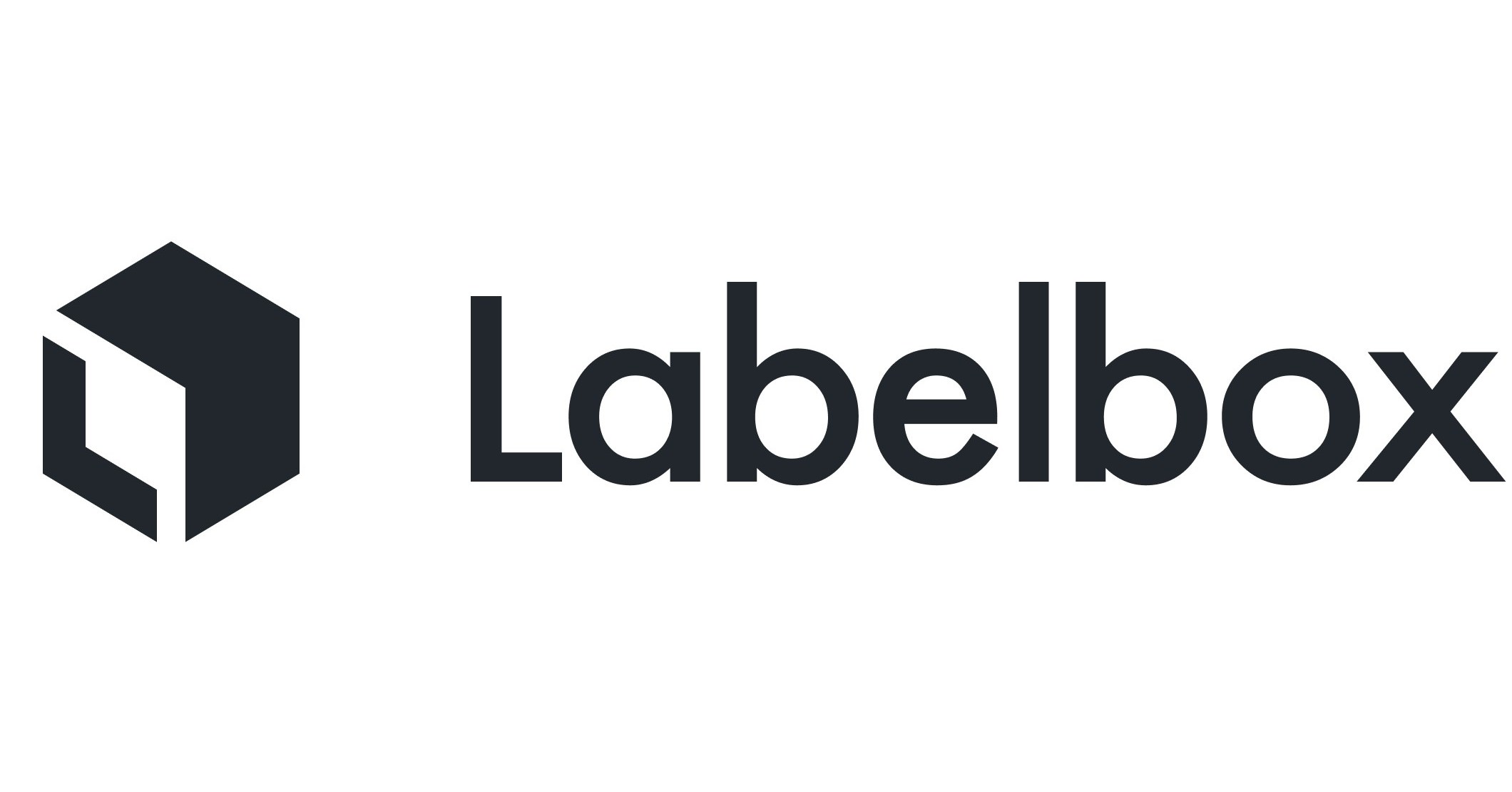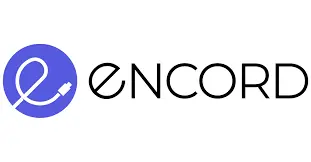7 Best Image Segmentation Tools in 2024

Image segmentation is a critical technique in the field of computer vision and machine learning that involves dividing an image into distinct regions or segments, often isolating specific objects, boundaries, or areas of interest.
In recent years, the evolution of deep learning and neural networks has significantly transformed the landscape of image segmentation.
Some of the latest platforms integrate user-friendly interfaces, allowing non-experts to use the power of image segmentation, while others are designed for advanced users who require customizability and high-performance computing.
In this blog, we'll explore some of the top platforms that are shaping the future of image segmentation.
Table of Contents:
- Features to Look in an Image Segmentation Tools
- Labellerr
- Labelbox
- V7 Labs
- Encord
- CVAT
- Dataturks
- Roboflow
- Conclusion
- Frequently Asked Questions
Features to Look in an Image Segmentation Tools
There are several important factors to consider when comparing image segmentation tools. The following are some crucial qualities to consider:
1. Accuracy and Quality
Ensure that the tool has a solid track record for producing accurate and high-quality annotations. Check their history, client testimonials, and any credentials they might have.
2. Annotation Capabilities
Check to see if the supplier delivers the particular sorts of annotation you need. Examples include instance segmentation, bounding box annotation, semantic segmentation, object identification, picture classification, and keypoint annotation.
3. Scalability
Evaluate the supplier's capacity for managing significant annotation projects. To be sure they can handle your volume and deadlines, consider their infrastructure, labor capacity, and project management skills.
4. Annotation Tools and Technology
Consider the provider's utilization of these resources. Search for cutting-edge algorithms, machine learning methods, and automation features that can improve annotation precision and speed.
5. Data Security and Confidentiality
Verify that the supplier has effective security measures in place to safeguard your data and uphold confidentiality. Data Security and Confidentiality. Secure data transmission methods, encryption, access restrictions, and adherence to pertinent data protection laws are all included in this.
6. Customization and Flexibility
Assess the provider's flexibility and ability to customize their annotation services to your unique needs. Custom annotation rules, annotation formats, and other unique requirements you might have ought to be supported by them.
7. Turnaround Time
Consider the provider's capacity to supply annotated data within the periods you want. Keep an eye out for things like their typical turnaround time, capacity for handling rush orders, and communication responsiveness.
8. Pricing and cost-effectiveness
Evaluate the pricing plans of various suppliers to make sure they fit within your spending limit. Consider the trade-off between price and quality, and seek vendors that can deliver accurate information at a reasonable price.
9. Domain Knowledge
Look for suppliers with experience and knowledge in your particular business or domain, such as autonomous vehicles or medical imaging, if your annotation needs are specialized in that area. They'll be more knowledgeable about your particular needs.
10. Customer Support and Communication
Consider how well the supplier supported and communicated with customers during the annotating process. Make sure they are accessible, have a specific point of contact, and are eager to respond to any queries or problems you may have.
By considering these aspects, you can choose an image segmentation tool provider that best suits your unique demands and objectives.
Here’s the List:
1. Labellerr

Labellerr is a training data platform and an image segmentation tool offering high-quality labeling solutions for various computer vision tasks.
They offer a range of annotation options, including object detection, segmentation, and classification. Labellerr's user-friendly platform provides flexible pricing plans to suit various budgets and project requirements.
One of the unique features of their platform is that they provide opportunities for auto-segmentation and auto-object detection.
2. Labelbox

Labelbox is an image segmentation platform that offers end-to-end labeling solutions for machine learning tasks.
They offer a range of annotation options, including bounding boxes, polygons, and segmentation. Labelbox has a user-friendly platform and provides flexible pricing plans to suit various budgets and project requirements.
3. V7 Labs

V7 Labs is a leading platform in the field of AI-powered image annotation and segmentation, designed to streamline the process of creating high-quality datasets for computer vision projects.
Their comprehensive platform of tools is built to support complex workflows, enabling users to efficiently annotate and segment images and videos.
One of the standout features of V7 Labs is its intuitive interface, which allows users to perform tasks like polygonal segmentation, bounding box creation, and semantic segmentation with ease.
This makes it an ideal choice for a wide range of applications, from medical imaging and autonomous vehicles to robotics and agriculture.
4. Encord

Encord is a platform designed for data annotation and AI training, with a focus on facilitating high-quality image segmentation for computer vision projects.
The platform offers a comprehensive set of tools that cater to different types of segmentation, including semantic, instance, and polygonal segmentation.
Encord is known for its flexibility and user-friendly interface, allowing annotators to efficiently create accurate segmentations with precision and consistency.
5. CVAT

CVAT (Computer Vision Annotation Tool) is an open-source platform designed to facilitate the annotation and segmentation of images and videos for computer vision tasks.
It offers a comprehensive set of tools for creating various types of annotations, including polygonal segmentation, bounding boxes, and points, among others. One of CVAT's defining features is its flexibility, allowing users to customize the annotation process to suit their specific needs.
This adaptability makes it an ideal choice for a wide range of applications, from autonomous driving to medical imaging and agricultural analysis.
6. Dataturks

Dataturks is a cloud-based platform for image annotation and data labeling. It offers a range of annotation types, including bounding boxes, polygons, and semantic segmentation. It also has built-in quality control features to ensure accurate annotations.
Dataturks also provides integrations with popular machine learning frameworks such as TensorFlow, PyTorch, and Keras. Overall, Dataturks aims to make data annotation faster, easier, and more accurate, allowing ML teams to focus on building better models.
7. Roboflow

Roboflow is a versatile platform for computer vision projects, offering a comprehensive suite of tools designed to support image segmentation, annotation, and dataset management.
Known for its user-friendly interface and seamless workflow, Roboflow allows users to quickly create and manage datasets for machine learning and computer vision tasks.
Its image segmentation tools are intuitive and designed to facilitate a range of segmentation techniques, including polygonal, semantic, and instance segmentation.
Users can create annotations with precision and collaborate with team members, making it a suitable choice for both individual projects and large-scale organizational needs.
Conclusion
In conclusion, the evolution of image segmentation tools has significantly transformed the area of computer vision, allowing users to create high-quality datasets with greater ease and accuracy.
Platforms like Labellerr, Encord, and Roboflow offer robust and intuitive solutions for various segmentation needs, from semantic and instance segmentation to more complex polygonal techniques.
These tools cater to a wide range of users, from individual developers to large teams, and support collaborative workflows that enhance productivity and consistency.
The integration of AI-assisted annotation, compatibility with popular machine learning frameworks, and comprehensive data management features make these platforms adaptable to different use cases.
Whether you're working on medical imaging, autonomous vehicles, or robotics, these tools provide the functionality and flexibility required to streamline your projects.
As image segmentation continues to play a crucial role in advancing computer vision and AI, these platforms are driving innovation and enabling a new era of automation and intelligent applications.
The choice among them will depend on your specific requirements, team dynamics, and desired level of automation, but each offers a robust set of features to help you achieve your segmentation goals.
Read our other popular listicle:
1. Top 10 Best Video Annotation & Labeling Tools In 2024
2.Top 10 Best Image Labeling & Annotation Tools in 2024
Frequently Asked Questions
Q1) What is image segmentation, and why is it important in computer vision?
Image segmentation is the process of dividing an image into distinct regions or segments to isolate objects, boundaries, or areas of interest. It's crucial in computer vision because it allows for more detailed analysis, enabling tasks like object detection, medical imaging, facial recognition, and autonomous driving to be performed with greater accuracy.
Q2) What are some common types of image segmentation?
The common types of image segmentation include semantic segmentation, where each pixel is assigned a class label; instance segmentation, where each object instance is uniquely identified; and polygonal segmentation, which involves creating custom shapes around objects. These techniques have diverse applications depending on the problem at hand.
Book our demo with one of our product specialist
Book a Demo
